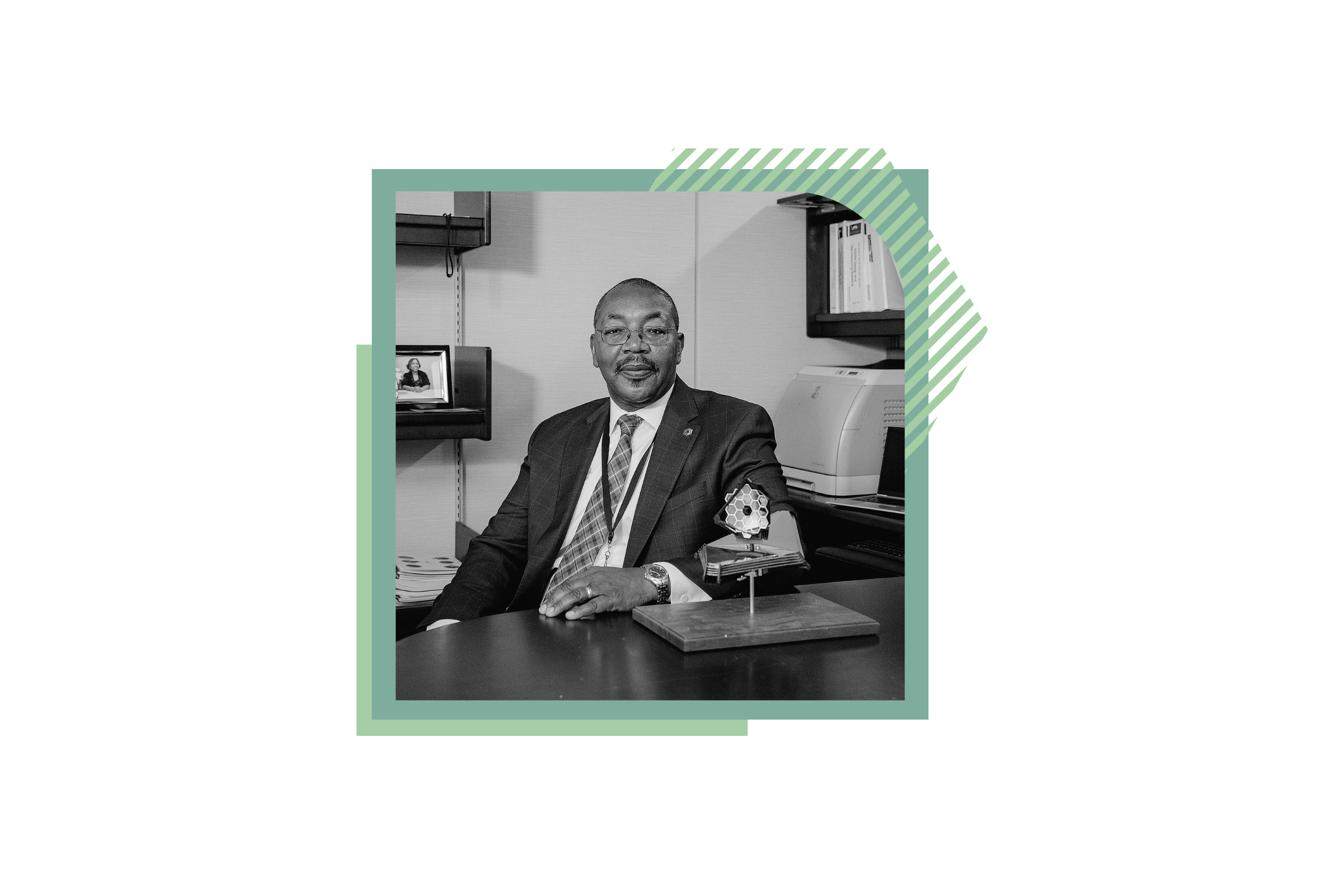Gregory Robinson didn’t much care for the quiet that filled his headset at the Guiana Space Center in Kourou, French Guiana, on Christmas morning, 2021. He’d been on-console for more than 50 launches in his career, and had come to learn that silence in a control room is actually a very good thing. It means there are no technical problems for the launch controllers to sort out before the engines on the rocket idling out on the pad could be lit and its payload lofted to space. Still, this morning that payload was the James Webb Space telescope—a $10 billion machine that had been in development for more than a quarter of a century—and truth be told, a little back and forth from launch controllers at work would have been a comforting thing.
“Sometimes it’s eerie when there’s not a lot of chatter,” says Robinson, 62, who was then program director for the Webb mission. “But that was a tribute to the team. They were prepared and the systems were ready to go.”
Indeed they were. At 7:50 a.m. ET that day, the Ariane 5 rocket lifted off and Webb was on its way to the spot it now occupies in space, about 1 million miles from Earth, where it is peering further back in time and space than any cosmic observatory ever built before. Much of Webb’s success is directly attributable to Robinson’s work.
Robinson was offered the position as the head of the Webb in 2018, and frankly, he didn’t want it. He was already NASA’s Deputy Associate Administrator for Programs, overseeing 114 spacecraft either flying or in the pipeline, and he liked that job just fine. Webb—years behind schedule and billions over budget—was a beast that had long been blowing past deadlines and price projections, and it had eaten other people’s careers in the process. But NASA pressed its offer—“Offer is being polite,” Robinson says with a laugh—and he eventually relented and accepted. It turned out to be a very good thing—for Webb, for NASA, and for science itself.
Under Robinson’s leadership, the Webb program went from an efficiency rating—a measure of scheduled tasks compared to tasks actually completed—of 55% to 95%. He streamlined communications with multiple, often contentious, stakeholders responsible for authorizing and appropriating funds for the project including the White House, the Office of Management and Budget, NASA headquarters, commercial contractors, and no fewer than four committees in both the Senate and the House of Representatives.
“Congress was not happy,” Robinson says. “The White House was concerned—rightfully. So was the NASA Administrator. I felt like transparency was one of our best friends. I had to be one authoritative voice.”
And so he became that voice—and it worked. Under Robinson, the Webb program at last came unstuck, and in July, after six months of unfolding, commissioning, and coming online, the telescope began returning its first clutch of dazzling images. Webb is projected to have a lifespan of at least 20 years, during which it is expected to observe the earliest stars and galaxies being born—witnessing, in a very real sense, the moment when the universe first switched on its lights. As for Robinson? He recently stepped down from his post and began a much-earned retirement.
“This is the capstone,” he says with palpable satisfaction. “What’s the second act? There is no second act.”
- The 100 Most Influential People of 2024
- Coco Gauff Is Playing for Herself Now
- Scenes From Pro-Palestinian Encampments Across U.S. Universities
- 6 Compliments That Land Every Time
- If You're Dating Right Now, You're Brave: Column
- The AI That Could Heal a Divided Internet
- Fallout Is a Brilliant Model for the Future of Video Game Adaptations
- Want Weekly Recs on What to Watch, Read, and More? Sign Up for Worth Your Time
